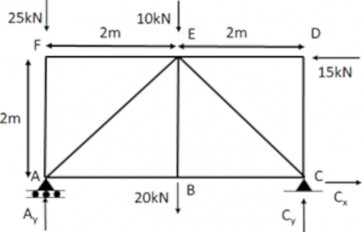Blasting effects
Blasting is mainly used in mining, construction, and demolition activities, and can have a range of effects on the structures. Blasting effects refer to the physical phenomena that occur during blasting operations. Ground vibration, airblast, flyrock, and backbreak are included in blasting effects, while noise pollution, dust generation, and environmental impacts such as soil erosion, water pollution, and habitat destruction can be considered as secondary effects. Ground vibration refers to the movement of the ground caused by the detonation of explosives, airblast refers to the blast wave, while flyrock is rock fragments that are propelled by the blast. Backbreak is the cracking or fracturing of rock or concrete behind the blast, which can cause damage to adjacent structures.
Want to read more like this?

19 buildings demolished at once in Central China (video)
Jan, 27, 2017 | NewsTo make way for a new business district in the city of Wuhan (formerly known as Hankou) in Central C...
Structural control
Sep, 07, 2023 | EducationStructural control refers to the application of various techniques to mitigate and manage the vibr...

How advanced finite element analysis can prepare buildings for extreme events
Nov, 14, 2024 | NewsWhile most structural analysis software can evaluate everyday stresses, they often fail to prepare...
Soil structures
Sep, 07, 2023 | EducationSoil structures refer to constructions that involve the use of soil as a fundamental building mate...

India demolishes skyscrapers that infringed environmental regulations
Jan, 24, 2020 | NewsOfficials decided to demolish 2 skyscrapers in India as they did not comply with the existing envir...
Dynamic loads
May, 31, 2023 | EducationDynamic loads are loads that vary over time. They can be caused by different factors, such as wind...

Building explosion in Moscow: At least 3 casualties
Apr, 04, 2020 | NewsAt least 3 people have been reported dead after a gas explosion in a residential building near Mosc...
Concrete Structures
Jan, 01, 2019 | EducationConcrete structures are constructions that utilize concrete as the primary building material. Conc...

Seattle buildings are less earthquake-resistant than expected
May, 14, 2019 | NewsA new study suggests than many buildings in Seattle cannot withstand large earthquake incidents....
Trending

Diaphragms

Truss deflection using the unit load method

Calculate the Maximum Shear Stress
Structural stability

Nominal flexural strength of a reinforced concrete beam

Overhanging beam: shear force and bending moment calculation

Calculation Example – Plastic Neutral Axis.

